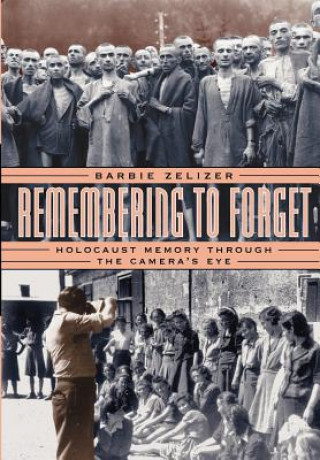
Kézbesítés
Vásárlási tanácsadó





Nem vált be? Semmi gond! Nálunk 30 napon belül visszaküldheti
 Ajándékutalvány
bármilyen értékben
Ajándékutalvány
bármilyen értékben
Ajándékutalvánnyal nem nyúlhat mellé. A megajándékozott az ajándékutalványért bármit választhat kínálatunkból.
Remembering to Forget
 Angol
Angol
 89 b
89 b
30 nap a termék visszaküldésére
Ezt is ajánljuk


There is no more gruesome and tragic record in the history of the 20th century than the photographs taken at the liberation of the concentration camps in Germany after World War II. These images are seared into our collective memory as brutal evidence of the atrocity of war and the evil of which humanity is capable. But the horrific content of these images has somewhat obscured their status as historical documents. This text reveals the unique significance of the concentration camp photographs - how they have become the basis of our memory of the Holocaust and how they have affected our presentations and perceptions of contemporary history's subsequent atrocities. Prior to the Holocaust, news reporters primarily told their stories in words, using photographs almost as an afterthought. When the camps were liberated, however, journalists and reporters turned to photography to bear witness to the unspeakable and indescribable scenes of the dead and dying. Through this process, the text argues, photographs earned a new legitimacy as tools of reporting. The author shows how, since the end of the war, the use of "atrocity photos" has fallen into patterns - or waves of memory - determined by the different roles that the photos occupy in the public imagination. Most recently, for example, the images from Bosnia hark back to the Holocaust imagery, an echo that can actually dilute our response to what happened both then and now.
Információ a könyvről
 Angol
Angol
Kategória




 Hogyan vásároljunk
Hogyan vásároljunk























